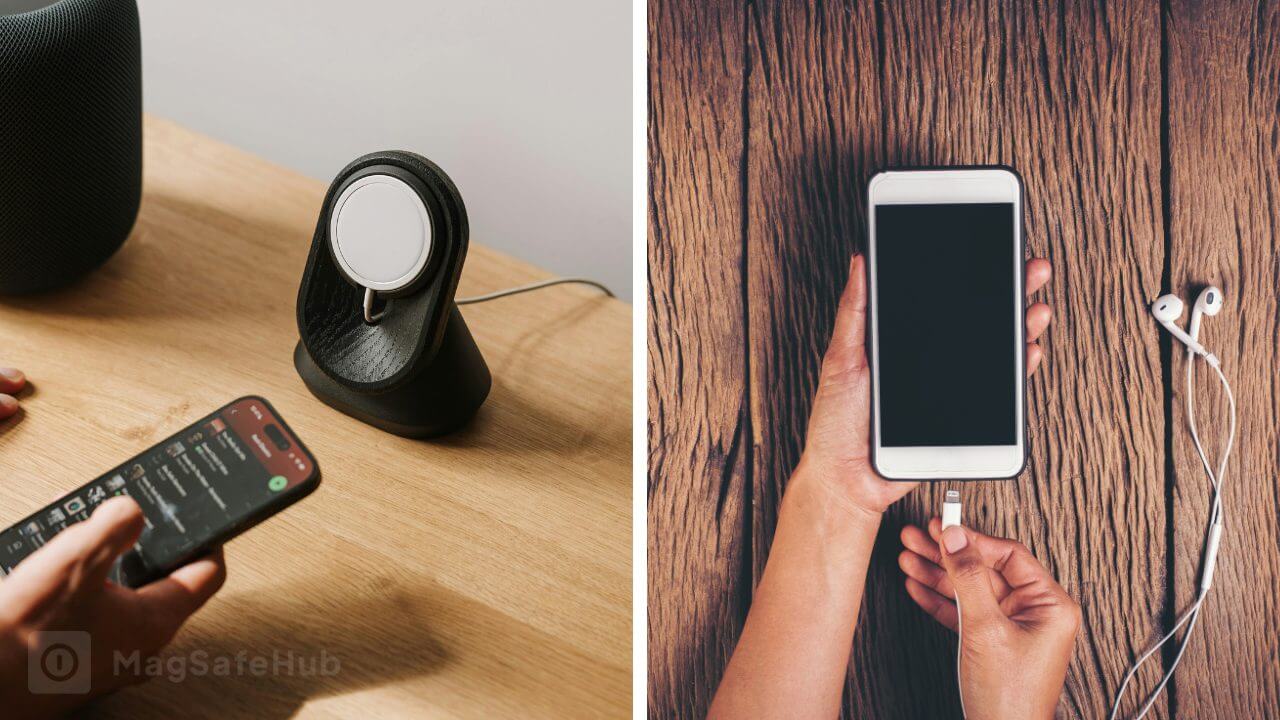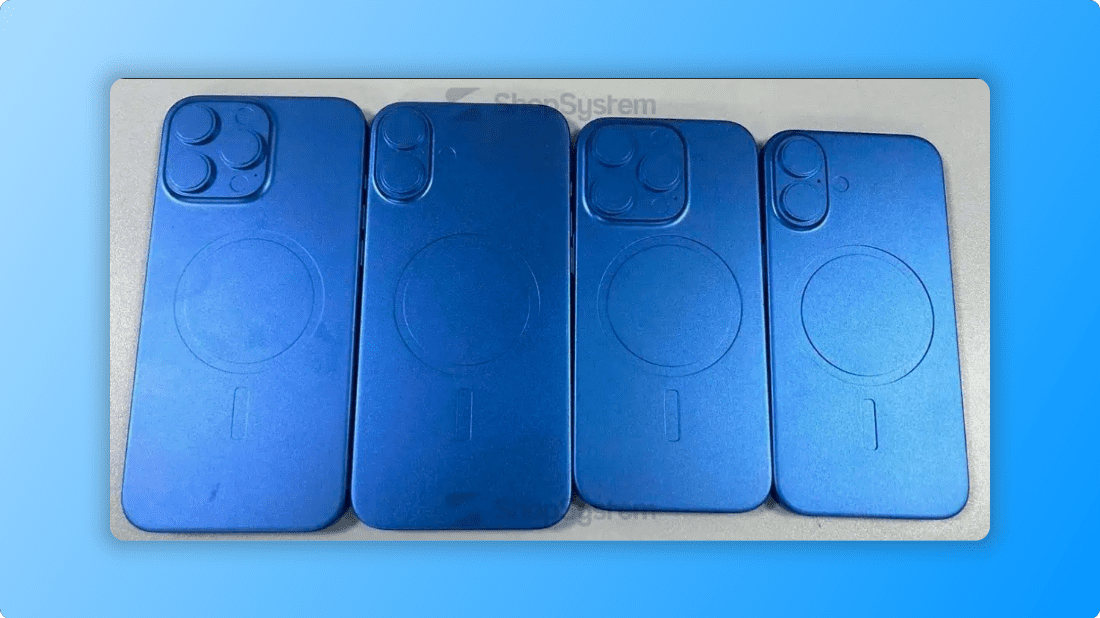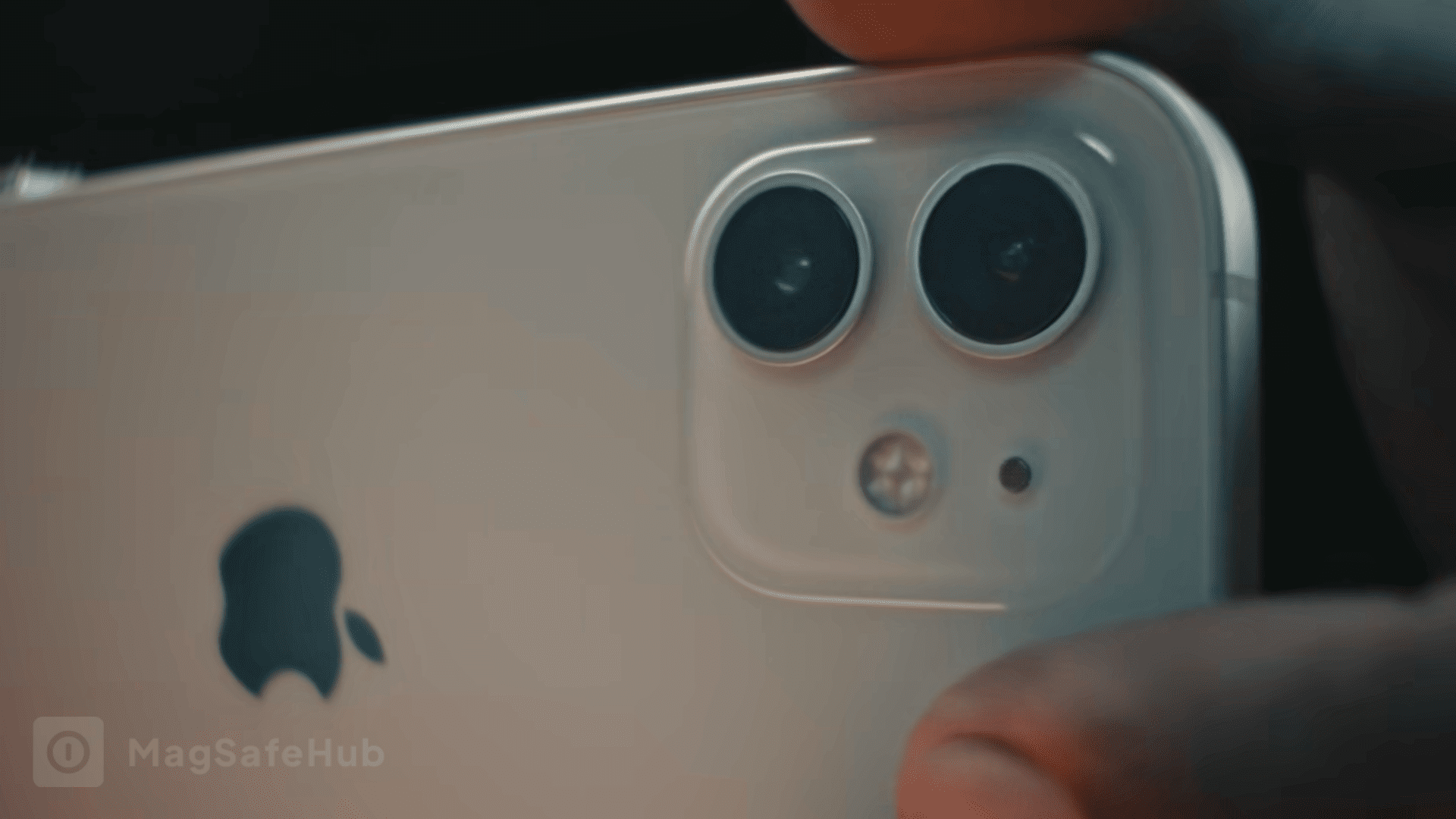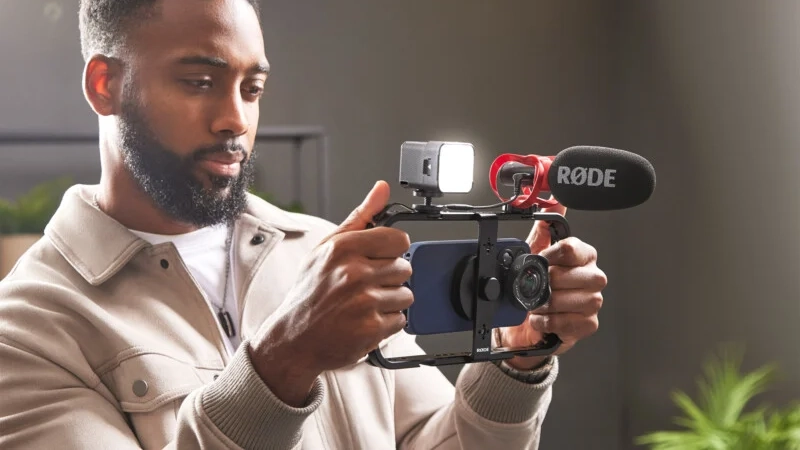As someone that has tried every charging method under the sun, I’m here to convince you that MagSafe beats old-school wired charging for most situations. Don’t get me wrong, I used to exclusively plug my phone directly into the wall for years. It worked fine enough. But ever since I started using MagSafe chargers, I’ve become a total wireless convert.
In this blog, I’ll lay out 7 compelling reasons why I think MagSafe charging kicks wired to the curb, at least for most day-to-day charging needs. Of course, I’ll also cover the couple key spots where a trusty Lightning and USB-C cables still holds some clear advantages.
To save you some time, here are the briefs:
| MagSafe Charging | Wired Charging | |
|---|---|---|
| Convenience | Just snap on magnetically, no cables to connect | Must plug in cable every time |
| Flexibility | Enables stands, car mounts, power banks | Limited mobility while charging |
| Safety | No exposed contacts, more regulation features | Risk of exposed pins and overheating |
| Alignment | Magnetic system aligns it perfectly | Cables can become misaligned |
| Speed | Up to 15W wireless charging | 20W wired charging minimum |
| Heat | Can warm device, throttling charging | Generally runs cooler |
| Cost | More expensive gear | Very affordable basic cables |
Why MagSafe is Better
Let’s jump to the main topic of this article; why MagSafe is superior to wired charging:
1. It’s more convenient: Just snap it!
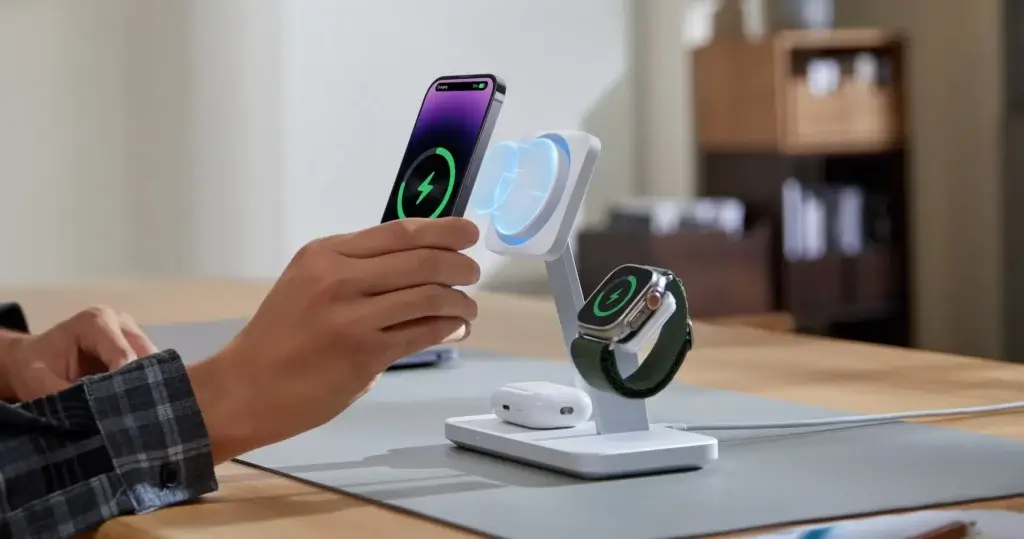
MagSafe chargers utilize magnets to perfectly align with the back of the iPhone. There’s no fiddling with cables required. Simply snap the MagSafe charger to the back of the phone for easy wireless charging.
It doesn’t get any easier than that!
2. Less wear and tear: Reduces port damage
The lack of repeated plugging and unplugging of cables means there is less mechanical wear and tear over time on the iPhone’s charging port. This reduces the risk of port damage and extends the port’s lifespan.
Sure, repeated use of a MagSafe charger may leave a faint circle mark at the back of the phone, but it’s easy to clean and has zero risk of affecting the charging functionality.
3. Safer: No exposed metal contacts
MagSafe chargers have no exposed charging contacts, unlike Lightning and USB cables. This makes MagSafe inherently safer, with less risk of electric shocks or shorts from exposed metal.
Even some MagSafe cases are waterproof, which means they can work just fine when a trace of water is present.
4. Charge and use the phone at the same time
A key advantage of MagSafe is the ability to continue using your phone normally while charging. The charger magnetically snaps to the back of the phone separately from the port.
In contrast, wired charging may block one side of the iPhone, preventing the use of wired headphones, data transfer, and games.
5. Some chargers have a built-in phone cooler
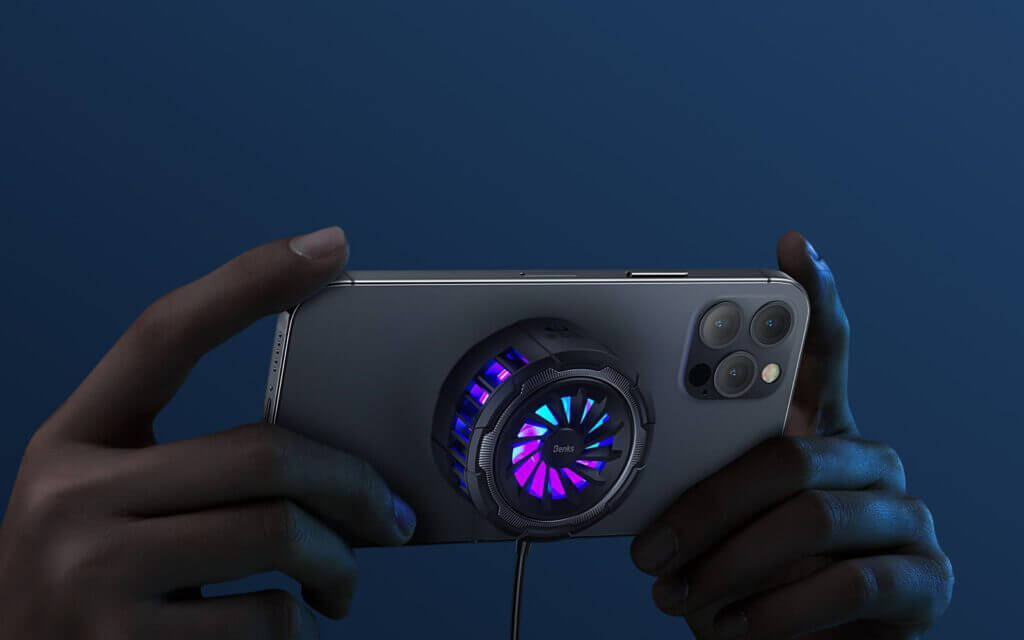
Select MagSafe chargers feature integrated cooling systems to help regulate device temperature during charging. This prevents overheating, especially during intense activities like gaming or navigation while charging.
Chargers like Benks MagClap and Momax Play feature a cooling fan to improve charging efficiency and reduce the phone’s temperature while in use.
6. It looks more aesthetic than wired charging
With no cables in sight, just a charger magnetically attached to the back of the phone, MagSafe offers a clean and minimalist look compared to messy wired charging.
Additionally, there are tons of MagSafe chargers that emphasize the design that will only complement the aesthetic of your desk.
7. MagSafe charging may be the future
The iPhone 15 is finally coming with a USB-C support. But this might not be the final form of future iPhones. Online discussions and rumors suggest that a portless iPhone could make the device have better water resistance, more internal space, and a seamless design.
Right now, MagSafe chargers can deliver up to 15W of power, which is not fast but good enough for moderate use. The interface can even communicate with the iPhone for firmware updates and Find My.
So, one can imagine the future where MagSafe (and Qi2) can eliminate a traditional port.
Why Wired Charging is Better
Now, it’s only fair if we also cover some of the benefits of traditional wired charging. Here are some reasons why you might want to keep using a wired charging over MagSafe:
1. Wired charging is simply faster
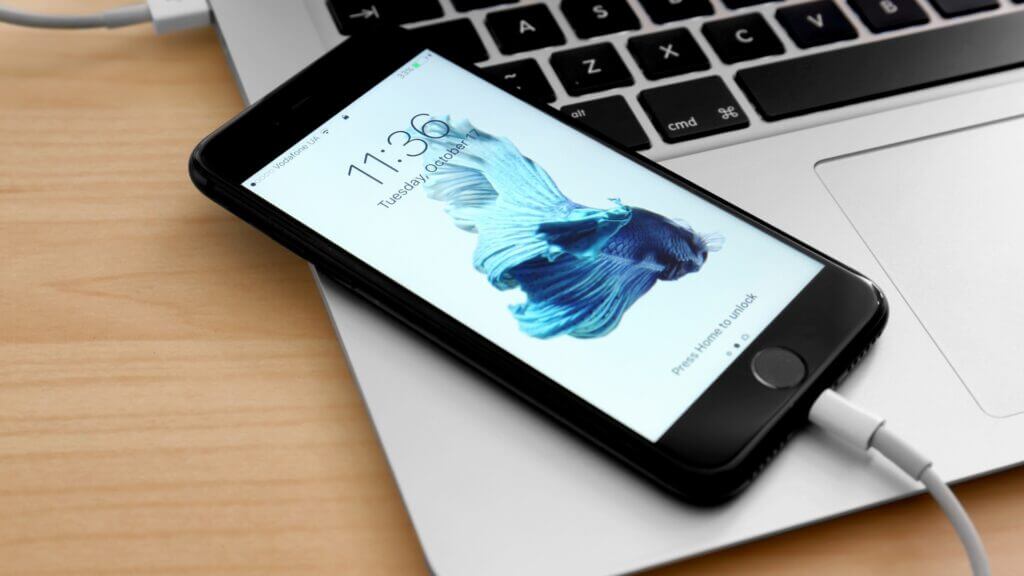
Wired charging supports much faster power delivery and is very consistent, too. Wired charging, especially with a 20W USB-C power adapter, charges iPhones significantly faster than MagSafe.
You can charge to 50% in just 28 minutes wired versus 60 minutes with MagSafe. That’s why many MagSafe chargers are advertised as an overnight charging device.
2. Cooler device temperature
Wired charging generates less heat, allowing iPhones to maintain cooler temperatures, which is better for battery health. MagSafe can cause warmth, which throttles the charging speed.
3. It’s way cheaper than MagSafe
Plain USB-C to Lightning cables and wall chargers are considerably more affordable options compared to official MagSafe chargers and accessories. You can find basic cables and adapters for less than $10 versus $30+ for MagSafe gear.
4. Less electronic waste
Reusing existing USB-C power adapters and Lightning cables is a more sustainable option than buying new proprietary MagSafe chargers and accessories.
Also, a USB cable has a smaller footprint compared to a MagSafe charging puck that consists of a solid shell, charging coils, and magnets that can’t decompose on a landfill.
Conclusion
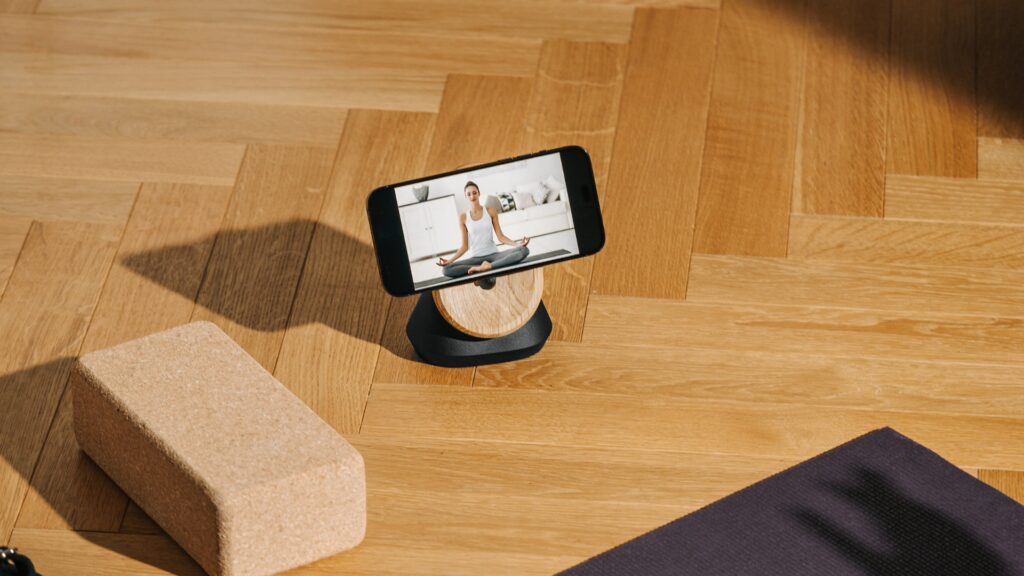
MagSafe offers effortless convenience and flexibility, with magnetic wireless chargers that are easy to attach and detach from your iPhone. It enables neat charging solutions like stands, car mounts, and power banks.
However, standard wired charging still delivers significantly faster charge times, runs cooler, costs less, and produces less waste.
So weigh your priorities, charging habits, and budget to decide if cutting the cord with MagSafe or sticking to cables suits your lifestyle best.
